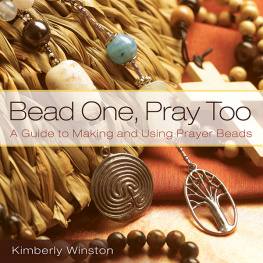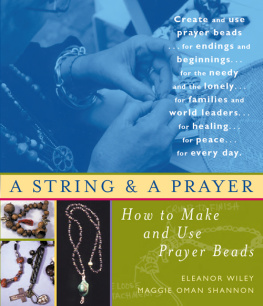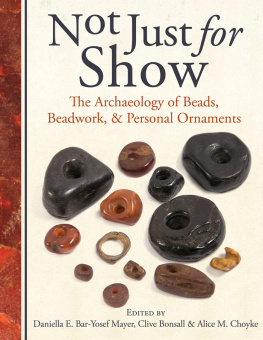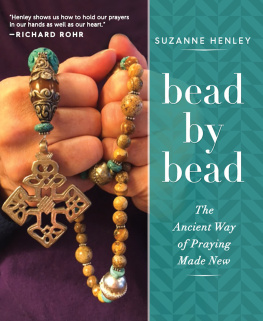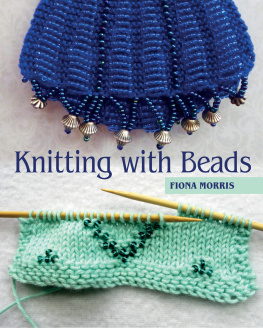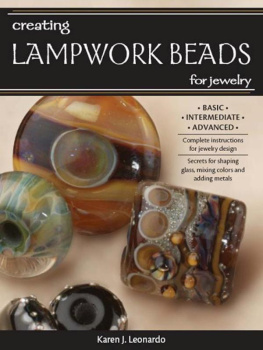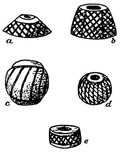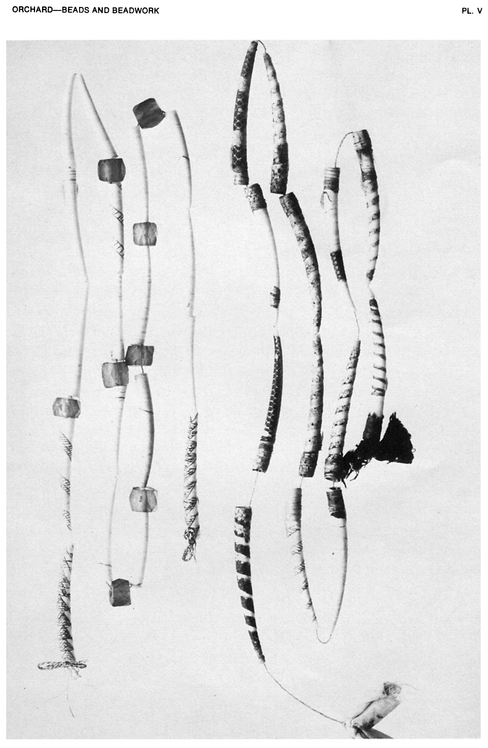SHELL BEADS IN GENERAL
F OR the manufacture of beads by the aborigines of America, no material was more commonly used than shell, as is shown by the vast numbers which from time to time have been recovered by excavation of ruins, village-sites, and graves throughout the two continents. Even since the introduction of glass beads there are individuals in some tribes of the United States and elsewhere who still practise the art of making beads of shell with primitive implements, the only adaptation of introduced tools being that of steel instead of stone for drill-points, and perhaps hammer and pincers. Many an Indian may still be seen in the Southwest wearing strings of beautifully made shell beads of recent manufacture, particularly among the Pueblo tribes. These are regarded as of far greater value than any beads of foreign introduction for the reason that shell is a sacred material which, coming from the water, in a measure symbolizes the power of that life-giving fluid to a people living in a semiarid land whose religious practices have such an important relation to rainfall. It is only within comparatively recent years that glass beads have become popular with the Pueblos, and even now they are worn only by children to any considerable extent, although such beads found their way to these Indians with the coming of the first Spanish explorers and missionaries in the sixteenth century. A few objects of Pueblo manufacture, both ancient and modern, are decorated with glass beads, where flat surfaces could be covered. Sometimes Pueblo necklaces consist of beads, including those of shell, which the natives themselves have unearthed from ruins in their country.
The numerous forms of ancient shell beads have been so adequately described and illustrated in reports on archeological research that repetition will not be attempted. The chief forms of shell beads are discoidal, spherical, tubular, barrel-shape, ovate, rectangular, conical, truncate, and several odd forms in a wide range of sizes.
Many of the small marginella and olivella shells have been used with merely the point ground off or perhaps having an aperture made in the outer wall to permit the passage of a string. Dentalia likewise have been used as beads, with a string passing from end to end.
A large number of shell beads in a wide variety of sizes and shapes, usual with such material, were found by the Mrs. Thea Heye expedition to San Miguel island, California. Some of these are worthy of special mention by reason of their incised-line decoration. , a is a truncated cone bearing cross-hatching around the sides and with a narrow plain band at the apex. In b is seen another form of truncated cone with panels of cross-hatching around the sides. In c and d are represented more or. less spherical beads, the former having parallel lines encircling each end, with lengthwise lines between, the latter cross-hatched to within a slight distance of the perforation at each end. In e is shown one of a considerable number of small discoidal beads incised with cross-hatching over the circumference. The sizes of this group vary from about one-sixteenth to one-quarter of an inch in diameter, and are of proportionate thickness. Many of the smaller examples are made from the narrow ends of dentalium-shells.
.Shell beads from San Miguel island, California. Actual size. (9/5122, 9/5123, 9/5125).
The decoration applied to this series of beads is remarkable when their size is considered. We have no knowledge of the manner in which this minute engraving was done. It can only be surmised that a small sharp chip of stone, possibly mounted in a wooden handle with bitumen, formed the incising tool. To accentuate the ornamentation, the engraved lines were filled with black pigment, much of which still remains.
Beads made from the ends of dentalia show that the natural perforations were enlarged to accommodate a thread to fit them for use as necklaces or other ornaments. The drillings in the larger beads, which can be more easily seen, show the use of such primitive tools as would have been used before the introduction of steel by Europeans.
illustrates one of about a hundred beads collected from the Santa Ins Indians of Santa Barbara county, California, made from the hinge portions of a marine bivalve, probably the rock-oyster. All are more or less curved like that shown in the drawing, and each has a central depression. Perforations were made with a steel drill from each end, meeting in the center. In many cases the drilling reaches the surface in the depression, so that when the beads are strung the thread is there exposed. In several such beads the depression is filled with bitumen, and it is probable that all of them had once been similarly treated. The shell is white, veined with crimson, and in color presents a pleasing appearance; but uniformity of size being disregarded, the ensemble is rather disorderly.
.Bead made from the hinge of a marine bivalve. Santa Ins Indians, Santa Barbara county, California. (6/3881).
DENTALIUM SHELLS WITH INCISED AND SNAKE SKIN DECORATION. HUPA OF CALIFORNIA. (1/2537)
Dentalium shells of the Pacific coast having been subjected to wide distribution through barter, they have been used as a medium of decoration by many tribes from the Pacific to the Atlantic. Some of the mid-continental tribes used them extensively, sewing them in patterns to their clothing and baby carriers, wearing them in the form of necklaces and in other ways. But besides being esteemed for their decorative value, among some of the California tribes dentalia became of even greater value as a medium of exchange. The shells vary in length from about an inch to nearly three inches; but only the long shells had a monetary value, that is, those exceeding about an inch and three-quarters, the value increasing with the length. The Hupa valuation of a large dentalium in early days was equivalent to five dollars, while the smallest represented fifty cents. A detailed description of the valuation is recorded by Goddard. A source of information on the Shasta of northern California notes:
The property given for a wife formerly varied greatly, but an average price is said to have been one or two deerskins, fifteen or twenty long dentalia, ten or fifteen strings of disk beads, and twenty or thirty woodpecker-scalps.
When used as money the shells were wrapped spirally with narrow strips of snake-skin, sometimes with fish-skin; or a short section of a small snake-skin, while soft and pliable, might be stretched on the shell. The large end was further embellished with a little tuft of red feathers from a woodpeckers crest.
Two strings of dentalium shell beads are shown in Pl. V. One has the regulation skin wrappings; the other, in all probability intended for a necklace, is interspersed with glass beads. Four of the shells are elaborately ornamented with incised lines into which black pigment has been rubbed to emphasize the etching.
Several decorated dentalium shells bearing incised designs () were found at an archeological site in Washington. Possibly these shells were thus ornamented and used by California Indians, later finding their way to the north through intertribal barter and finally becoming prized possessions of their ultimate owners in Washington.







